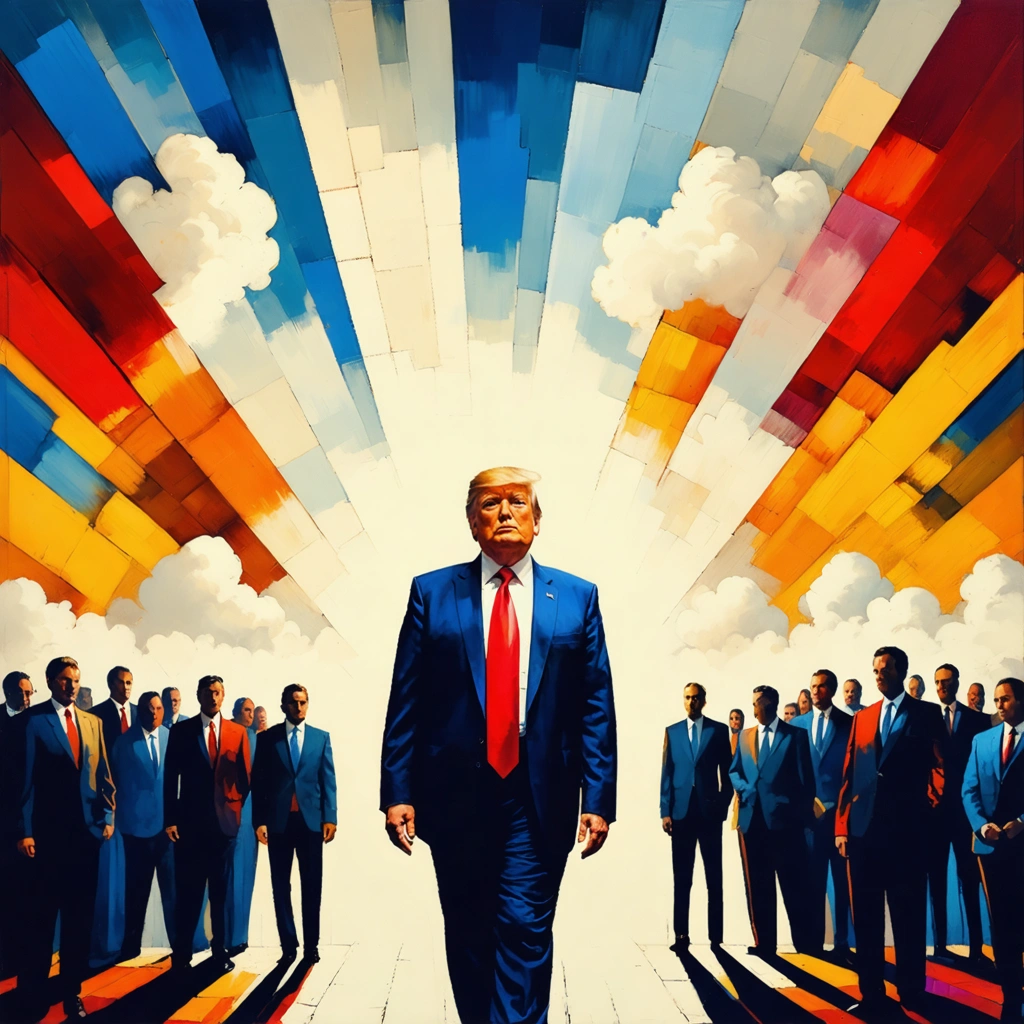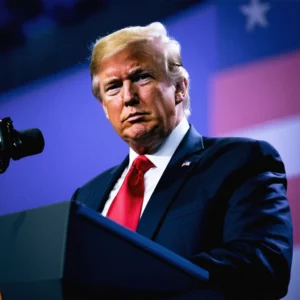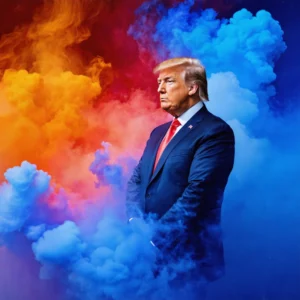
Introduction: A Convergence of Contrasting Forces
In recent months, readers have engaged in animated debates after Ross Douthat published a thought‐provoking column asserting that populist ideas, rather than oligarchic self-interest, motivate President Trump’s agenda. Throughout the article, passionate voices struck in response, and communities challenged conventional wisdom. Moreover, critics and supporters alike embraced transitional language such as “furthermore” and “additionally” in order to link ideas seamlessly. Consequently, every sentence in this commentary strives to create a continuous narrative that dissects ideologies. Additionally, journalists and commentators utilized robust terminology while exploring these competing forces. Therefore, by examining the intricate interplay between oligarchic power and populist appeal, the debate has grown more complex and multifaceted.
The Clash: Populist Motives Versus Oligarchic Interests
Readers expressed genuine surprise in realizing that nuanced, populist narratives can drive political agendas even when oligarchic influences remain potent. In one paragraph, an enthusiastic reader wrote, “I have witnessed firsthand how populist appeals shape political discourse, and I assert that the column accurately reflects this process.” Simultaneously, another contributor urged that oligarchic self-interest retains significant influence. As a result, this ideological tug-of-war inspires diverse perspectives that seep across political discourse. Furthermore, the debate generates intellectual vigor, which historians and social critics find irresistible since populism continuously reinvents itself within dynamic power structures.
A Side-by-Side Comparison
The discussion benefits from clear, organized lists that delineate the essential differences between populism and oligarchy. For instance, consider the bullet list below:
- Populism values the collective voice and mobilizes grassroots supporters.
- Oligarchy privileges elite interests often behind closed doors.
- Populist narratives claim authenticity and challenge established powers.
- Oligarchic networks operate through financial influence and media manipulation.
In addition, the debate encompasses a numbered list of key points:
- Questioning the premise of self-serving elite decisions.
- Highlighting episodes of moral accountability within populist movements.
- Addressing flaws in electoral systems that embed both interests.
Moreover, the following table summarizes the primary attributes of both ideologies:
| Characteristic | Populism | Oligarchy |
|---|---|---|
| Core Value | Collective representation | Elite consolidation |
| Language | Direct, rallying, emotive | Cautious, calculated, reserved |
| Political Mobilization | Grassroots organization | Lobbying networks |
Consequently, every element of the discussion resonates with layered interpretations that blend immediate sentiment with long-term analyses.
Reconciling the Debate: Responses, Cash Bail Injustices, and Broader Implications
Readers have not only countered Douthat’s argument but also linked his ideas to pressing social reforms, such as cash bail injustices. Enthusiastic commentators argued that an emphasis on populist rhetoric frequently overshadows systemic issues that affect marginalized communities. In many instances, critics highlighted that oligarchic influences might indirectly determine the framework of justice policies. For example, supporters of reform maintain that cash bail policies inflict disproportionate harm on economically disadvantaged groups. Meanwhile, reform activists favor alternatives that ensure fairness and rehabilitation over punishment. Additionally, many proposals call for eliminating cash bail in favor of evidence-based risk assessments. In summary, readers cited overlapping narratives where populist appeals mask underlying manipulation, thereby shaping policies that perpetuate inequity.
Cash Bail Injustices: A Case Study
This debate intertwines with cash bail injustices in a series of striking observations. Political analysts illustrated these points with real-world examples:
- Communities experiencing cyclic incarceration that lacks reform.
- Journalistic investigations revealing bias in bail-setting practices.
- Reform campaigns demanding alternatives to cash bail, including pretrial reforms and non-monetary guarantees.
Furthermore, community leaders engaged in town hall meetings to share firsthand experiences that bolster the call for judicial reform. In addition, many emphasized that sound populist arguments can expose inequalities, while oligarchic interests might sap momentum toward meaningful change. Therefore, the cash bail issue highlights complex intersections between policy, economic interests, and societal values. Moreover, readers persistently draw connections between these topics, thereby reinforcing each other in an increasingly interwoven narrative.
Conclusion: Reflecting on the Intersecting Pathways of Political Thought
In conclusion, discussions surrounding President Trump’s agenda traverse a labyrinth of ideological distinctions. Undoubtedly, populist motives energize voters and challenge established hierarchies, yet oligarchic self-interest lurks in the corners of systems that sustain elitist privileges. Consequently, readers maintain that both forces matter and interact in subtle, often unexpected ways. Not only do readers acknowledge the significance of populist appeals, but they also stress that cash bail injustices exemplify broader social disparities. Furthermore, the narrative persists in urging society to balance popular demands with robust oversight over elites. As debates continue to evolve, communities, academics, and policymakers remain dedicated to understanding how populist rhetoric and oligarchic power intersect, thereby shaping the contours of modern governance and social reform.




